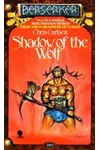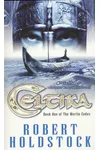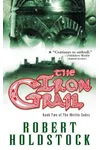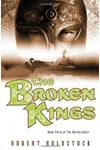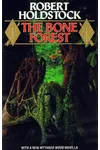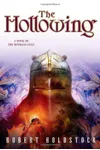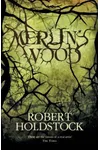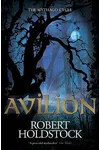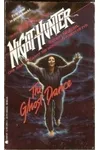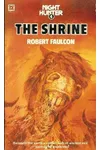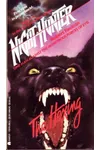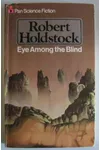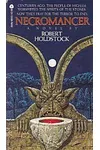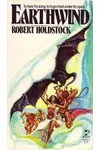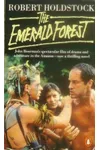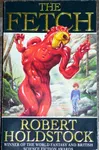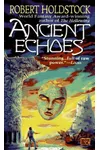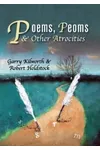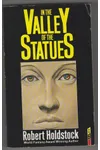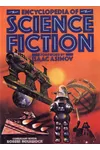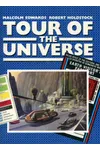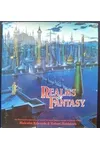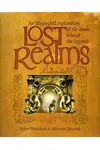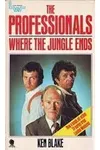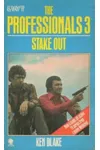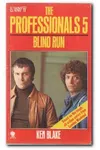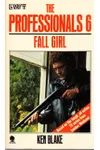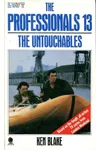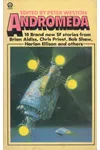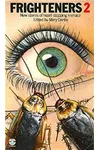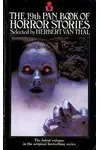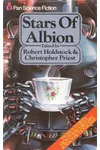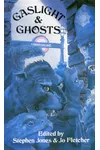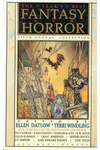Picture a British storyteller who wove ancient myths into a hauntingly beautiful forest—meet Robert Holdstock! Born in 1948 in the rugged landscapes of Kent, England, Holdstock redefined fantasy with his Mythago Wood series, blending Celtic mythology, Jungian psychology, and the primal power of nature. His tales, rich with archetypes and woodland magic, earned him the World Fantasy Award and a lasting place in mythic fiction.
With a scientist’s curiosity and a poet’s heart, Holdstock crafted worlds where myths come alive, shaped by the human subconscious. Let’s dive into the life and legacy of this visionary author whose stories still whisper through the trees.
The Making of Robert Holdstock
Robert Paul Holdstock grew up in Hythe, Kent, near the wild Romney Marsh and Kentish woodlands, which sparked his lifelong fascination with nature and folklore. The eldest of five children, with a police officer father and a nurse mother, he roamed the countryside, soaking in its mysteries. After earning a Bachelor of Science in applied zoology and a Master’s in medical zoology, Holdstock worked as a researcher in London. But by 1976, his passion for storytelling took over, and he became a full-time writer, kicking off with science fiction before finding his true calling in fantasy.
Robert Holdstock’s Unforgettable Stories
Holdstock’s breakthrough came with Mythago Wood (1984), the first in his acclaimed Ryhope Wood series. Set in a primeval forest in Herefordshire, this novel introduces Ryhope Wood, a labyrinth where myths—called mythagos—spring to life from the collective unconscious. The story follows Steven Huxley, grappling with his father’s obsession with the wood and its enchanting, dangerous inhabitants like Guiwenneth, a Celtic warrior woman. The book’s lyrical prose and psychological depth won the World Fantasy Award in 1985.
The series continued with Lavondyss (1988), a darker, more complex tale of Tallis Keeton’s quest into the wood’s ice-age heart, earning a BSFA Award. Other works, like The Bone Forest (1991) and The Hollowing (1993), deepened the mythago mythos, exploring themes of memory, identity, and primal fear. Holdstock’s Merlin Codex trilogy (2001–2007), including Celtika and The Iron Grail, reimagined Merlin through a gritty, mythic lens, showcasing his knack for blending history and legend.
His style—earthy, poetic, and steeped in Jungian archetypes—set him apart from traditional fantasy. Unlike sword-and-sorcery epics, Holdstock’s stories delve into the psyche, with Ryhope Wood as a living, breathing metaphor for the human mind. Critics like John Howe praised him as a leading Celtic fantasy voice, while readers cherished his ability to make myths feel raw and real.
Why Robert Holdstock Matters
Holdstock’s work reshaped fantasy by grounding it in psychological and mythological realism, influencing authors like Neil Gaiman and China Miéville. His Ryhope Wood series, often called a landmark of late 20th-century fantasy, broke from genre clichés, offering a fresh take on mythic fiction that resonates with scholars and fans alike. His exploration of time, memory, and the subconscious tapped into universal human experiences, making his stories timeless.
Despite his passing in 2009 from an E. coli infection at age 61, Holdstock’s legacy endures. His books remain in print, celebrated for their haunting beauty and intellectual depth. As fantasy continues to evolve, Holdstock’s vision of a wild, mythic world reminds us of storytelling’s power to connect us to our deepest roots.
- Born: August 2, 1948, Hythe, Kent, England
- Key Works: Mythago Wood, Lavondyss, Merlin Codex trilogy
- Awards: World Fantasy Award (1985), BSFA Awards (1981, 1984, 1988)
- Died: November 29, 2009
Ready to lose yourself in a forest of myths? Grab Mythago Wood and step into Robert Holdstock’s mesmerizing world of mythic fiction!
